Composting Resources
What is composting?
Composting is a natural process by which organic materials decompose. Backyard composting is a controlled or managed version of the natural process.
What is compost? Compost is the soil amendment product that results from proper composting. The end product of the compost process is a humus-like material that you can add to your garden, put around trees, use as hole-filler, and it will increase the health of the soil. (Humus, in gardener's terms, is the end product of organic compost that has gone through the full decay process and all of its nutrients have been released back into the soil.)
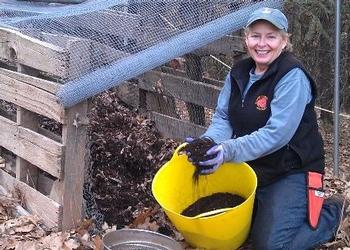
What is in a compost pile?
There are many different species of microorganisms in a compost pile. The microscopic bacteria and fungi are the real workers in the compost pile but they are just one part of the complex and fascinating ecosystem we call the “Compost Food Web.” Many other organisms are in the compost such as protozoa, nematodes, springtails, mites, beetles, millipedes, sowbugs, and worms. In one teaspoon there can be up to 1 billion bacteria or 250,000 - 500,000 bacteria within the dot of a period at the end of a sentence!
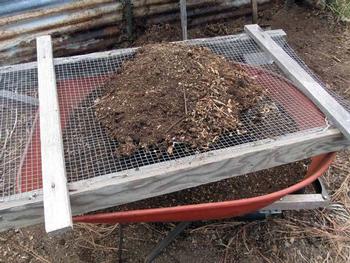
- Compost is like a multivitamin for your soil
- It helps prevent soil erosion, promotes soil fertility, and stimulates healthy root development
- Compost improves soil structure by adding organic matter
- It increases water-holding capacity of soil so that you don’t need to water as often
- Compost helps keep heavy clay soil from compacting, meaning that the soil is easier to work (crumbly)
- It also improves the structure of sandy soil
Composting methods 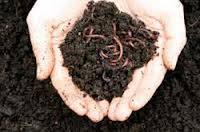
- Cold method called passive composting or static composting:
- Hot method
- Vermicomposting (worm composting)
- Sheet or lasagna
- Pit or trench
There are five control factors that maintain an environment that encourages the composting organisms to thrive 24 hours a day.
- Aeration: Turn pile when activity slows
- Moisture: Should be at a level of 45-60%. Consistency of a wrung out sponge
- Volume: Minimum of 3’x 3’x3’ (one cubic yard)
- Particle size: 1” to 3” diameter at the largest point
- Carbon and Nitrogen Ratio: 30:1 equal volume of “browns” and “greens”
Learn by watching great YouTube videos. Check out Composting basics and How to Build a Compost Pile. Also, the Master Gardeners of Sacramento have an entire YouTube playlist dedicated to how to compost.
How to Build a Compost Pile
Composting Basics
Composting: Getting Started
Dump & Run Compost
Want to try something really fun? Build a hügelkulture! This practice encourages repurposing garden debris into a flourishing natural ecosystem. It's a traditional way to build a garden bed and an excellent way to enjoy the benefits of composting. Check out our hügelkulture resources page to learn more.
Trash into Treasure
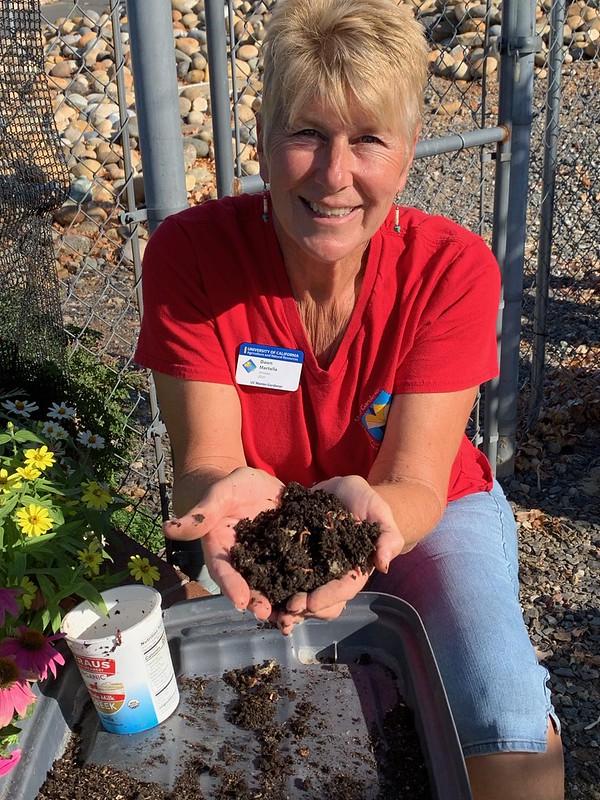
There are a dozen good reasons to compost!
- Composting saves money
- Lowering garbage bills
- Replacing store bought soil amendments
- Knowing what is going into your garden
- Improves the fertility and health of the soil
- Saves water by helping the soil hold moisture
- Reduces soil erosion
- Benefits the environment by recycling valuable organic resources extending the life of landfills
- Replaces the need for harsh chemical fertilizers
- It’s surprisingly easy, anyone can do it…on any budget… compost happens
- If done correctly there is no offensive odor, no annoying insects or critters
- Composting reduces volumes of methane released at landfills!
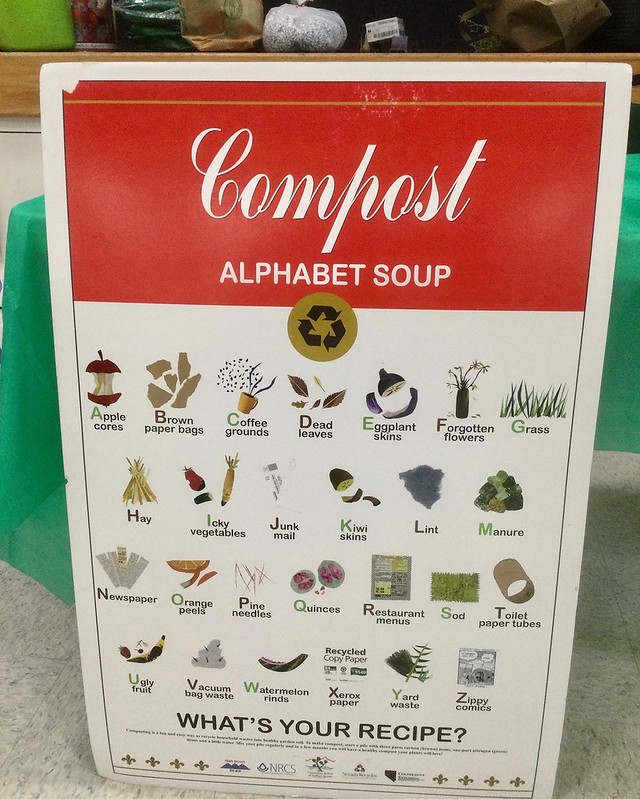
How long does it take to produce compost?
Compost happens but your level of attention dictates how quickly. Generally, it should take from three to six months to make a single batch of compost, depending upon the blend of materials, how often the pile is turned, and the moisture content.
When is the compost ready to add to the garden?
- The pile no longer heats up even when turned or moistened
- The pile volume has decreased by roughly half
- The majority of the material looks like dark, rich, crumbly soil
- It smells sweet and earthy
What does compost add to your garden?
“browns” and “greens”!
Greens = Nitrogen
Browns = Carbon
Learn More
- Compost Education: https://anrcatalog.ucanr.edu/pdf/8367.pdf
- Compost in a Hurry https://anrcatalog.ucanr.edu/pdf/8037.pdf
- Soil Food web: http://mgeldorado.ucanr.edu/files/250718.pdf
- Cover crops, composting, manures: http://mgeldorado.ucanr.edu/files/250717.pdf
- Soils, Composting, and Vermiculture: https://mgeldorado.ucanr.edu/Public_Education/Classes/Soils/
- Build a Simple Worm Compost Bin: //ucanr.edu/sites/MG_of_CS/files/400209.pdf
- Composting Techniques: https://ucanr.edu/sites/Amador_County_MGs/files/384389.pdf
- Backyard Composting Basics handout: //ucanr.edu/sites/MG_of_CS/files/389809.pdf
- Compost is Key to Sequestering Carbon in Soil: https://cecentralsierra.ucanr.edu/Articles/Compost_Key_to_Sequestering_Carbon_in_the_Soil/
Publications

